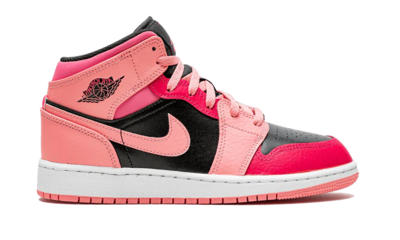
1. Functionality and Design Considerations
Traction: Outsoles feature tread patterns and materials designed to grip various surfaces, enhancing stability and preventing slips.
Durability: Must withstand repeated impact and wear, requiring robust materials and construction.
Flexibility: Provides flexibility at key points to allow natural foot movement and comfort during activities.
Shock Absorption: Materials and designs absorb impact forces to reduce strain on joints and enhance comfort.
2. Materials Used
Rubber: Most common material due to its durability, excellent grip, and ability to withstand various weather conditions.
EVA (Ethylene Vinyl Acetate): Lightweight and cushioning material often used in midsoles but also in outsoles for added comfort and flexibility.
TPU (Thermoplastic Polyurethane): Offers durability and flexibility, often used in high-performance and athletic sneakers.
Carbon Rubber: Provides enhanced durability and traction, suitable for high-wear areas of the outsole.
Blown Rubber: Lightweight and cushioned, offering a softer feel underfoot while maintaining durability.
Gum Rubber: Provides excellent grip on indoor surfaces, commonly used in lifestyle and skateboarding sneakers.
3. Design Elements
Tread Pattern: Varies based on the intended use of the sneaker (e.g., running, basketball, casual). Patterns include herringbone, hexagonal, circular, and multidirectional grooves.
Flex Grooves: Strategic cuts in the outsole that allow the shoe to flex naturally, promoting a more efficient stride.
Heel Drop: The difference in height between the heel and forefoot, influencing stability and foot strike during running or walking.
Toe Spring: Upward curve at the toe area that aids in smooth transitions during the gait cycle.
4. Construction Techniques
Injection Molding: Outsoles are molded from rubber or other materials in a single piece, ensuring consistent quality and performance.
Cup Sole Construction: Outsole wraps up around the sides of the shoe to provide additional support and durability, common in skateboarding and some lifestyle sneakers.
Stitching: Some outsoles are stitched to the upper for added durability and a traditional aesthetic.
5. Performance and Fashion Integration
Athletic Sneakers: Focus on lightweight materials, responsive cushioning, and multi-directional traction for optimal performance.
Fashion Sneakers: Blend functionality with stylish designs, often using unique outsole materials and patterns to enhance visual appeal.
Specialized Outsoles: Some sneakers feature specialized outsoles for specific activities like trail running, basketball, or hiking, designed to meet the demands of those activities.
6. Environmental Considerations
Sustainable Materials: Increasingly, brands are using recycled rubber and eco-friendly materials in outsole construction to reduce environmental impact.
Longevity: Durable outsoles contribute to the overall lifespan of sneakers, reducing the frequency of replacements and waste.
Conclusion
The outsole is a vital component in sneaker design, balancing functionality, durability, and aesthetic appeal. Designers must carefully select materials, tread patterns, and construction techniques to create sneakers that meet the diverse needs of consumers, whether for athletic performance or everyday fashion. By prioritizing innovation and sustainability, sneakers can continue to evolve to meet the demands of a dynamic market.



